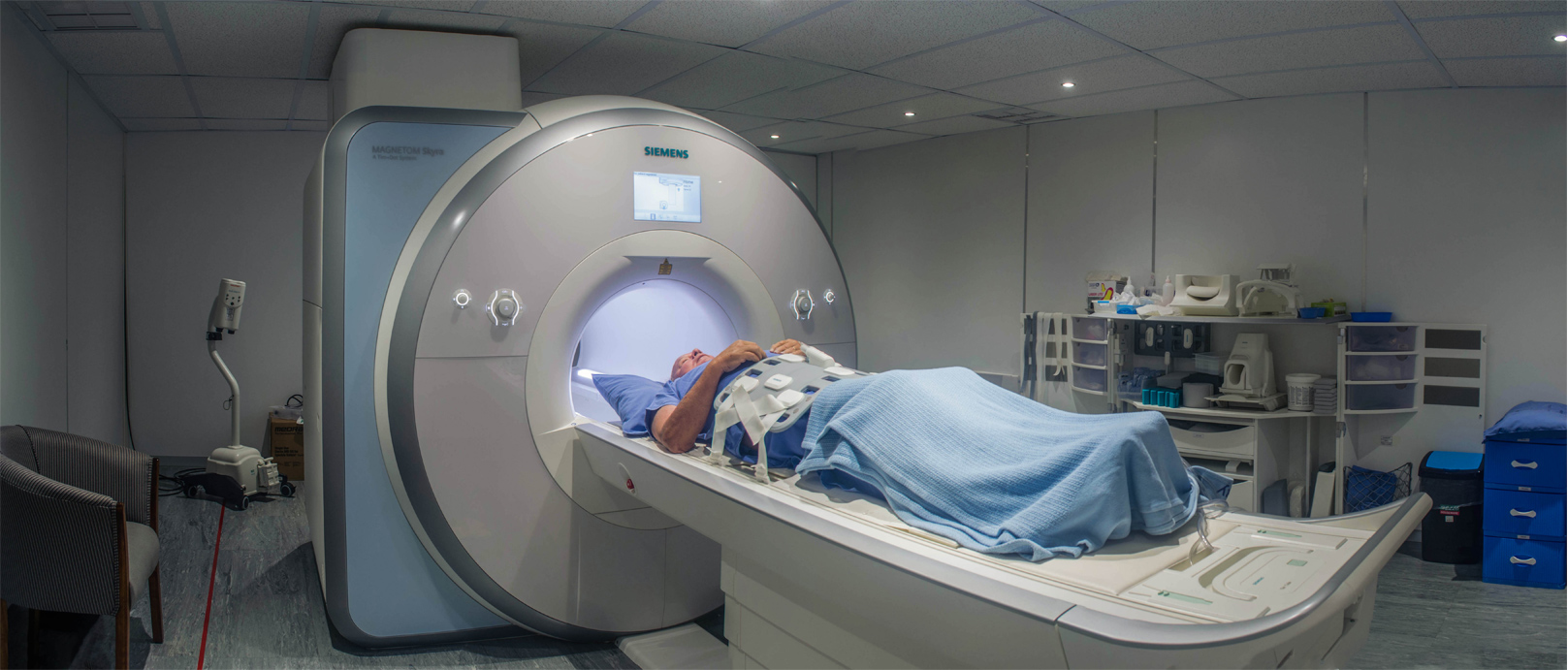Progress in technology has made treatment and diagnosis easier and more effective both for patients and practitioners. However, the high and rising number of Magnetic Resonance Imaging centers in the country, specifically in Tehran, is beginning to cause some intangible problems.
The increasing number of patients standing in long lines for MRI scan is noticeable.
Some medical practitioners reportedly have unwritten and unsigned agreements with owners of MRI centers, based on which they are entitled to an agreed amount of money for each patient they send to the center, Khabaronline reported.
Others with eyes on fatter profits have invested in buying the device for MRI centers. As such, they prescribe the scans for many patients, many of whom may not really need it, and insist on the patient visiting a particular center claiming the center “provides quality and reliable results.”
MRI is a test that uses a magnetic field and pulses of radio wave energy to make pictures of organs and structures inside the body. In many cases, MRI gives different and clearer information about structures in the body than can be seen with an X-ray, ultrasound, or computed tomography scan.
The sensible and usual process to establish an accurate diagnosis is to get x-ray or ultrasound images. If these processes do not reveal what physicians are looking for, the patient should then try MRI. It normally does not cause any side effects unless it requires ultra venous injection of contrast material, a method which is used in case there is possibility of the patient having a more serious disease like cancer.
As MRI is painless, quick, time-saving, and more importantly paid for by insurance companies, it has become very popular with people. All these factors have collided in expanding the numbers and queues at MRI centers, making it a highly profitable business for owners, and… practitioners.
“About 70 % of prescribed MRIs are unnecessary, and the problem can be simply diagnosed by the use of radiology”, says a head of a MRI center in Tehran on the condition he not be named.
According to the chief of Iranian Society of Radiology, Jalal Jalal-Shokouhi, one MRI scanner is enough for 500,000 people, and so given the population of Tehran (about 13 million), 26 MRI scanners should do the job. At present there are 170 of such machines operating in the capital.
The Health Ministry says in the fiscal March 2006-07, close to 200 people applied for licenses to open MRI centers. Not all of them were granted the permit.
According to Darioush Taherkhani, a member of the Islamic Republic of Iran Medical Council, physicians are not allowed to refer a patient to a specific place, either to buy medicine or for preclinical services. He said “it is illegal to do so… Patients should be free to decide where they want to receive the service they want.”
He refused to comment on rumors about the so-called MRI mafia. “It is up to the insurance companies and the Health Ministry” to confirm or deny this.
“If insurance companies come across unusually higher numbers of MRI prescriptions in their monthly evaluation, they can report it to the IRIMC, Taherkhani said.


